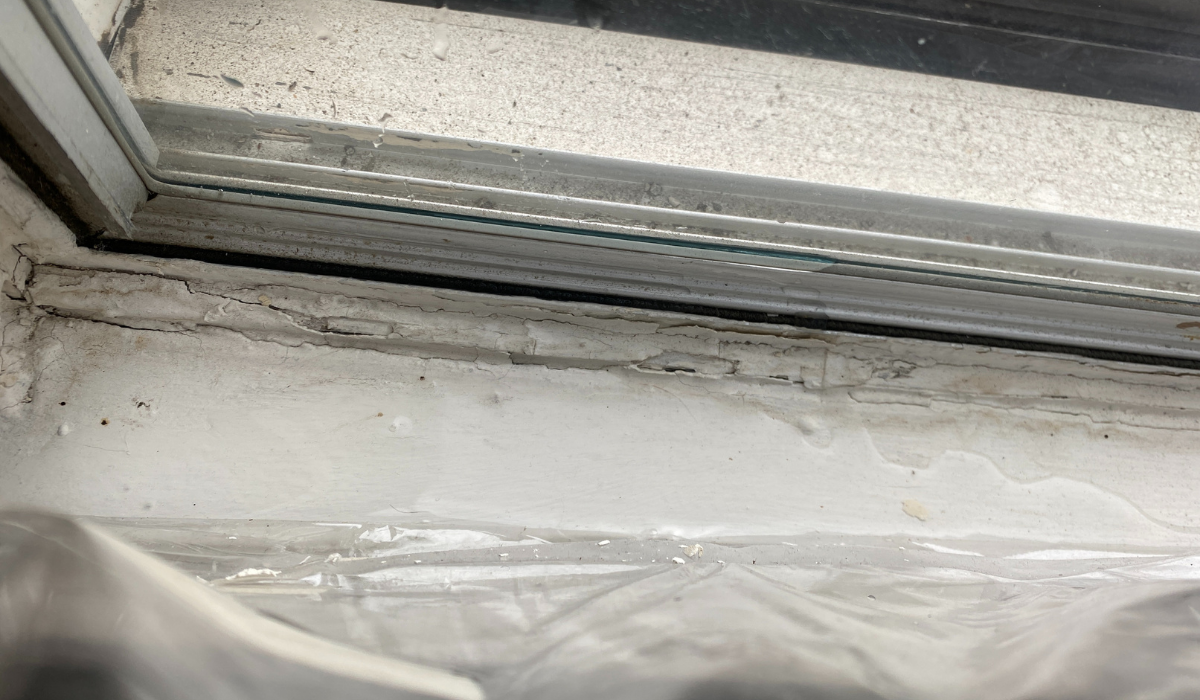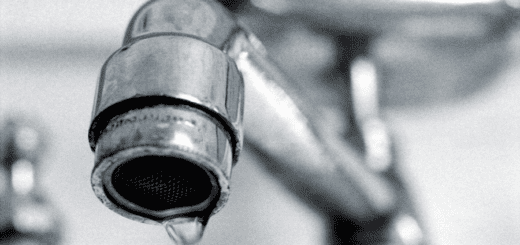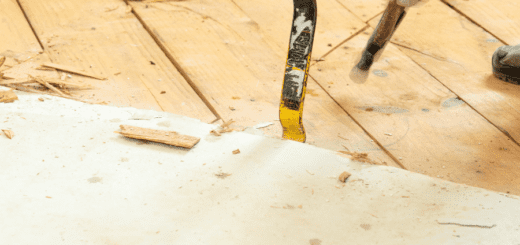What to Do When Rainwater Comes in Through the Window
When it’s pouring outside, the last thing you need is rainwater coming inside your home. This common problem is liable to occur in any home when water is able to seep into the windows and doors, which can happen due to cracked windowpanes, faulty weatherstripping, and many other factors.
Window leaks are important to look out for and equally as important to treat quickly. This is because they commonly cause rot and moldMold is a type of fungus that grows in damp or humid conditi... More growth, which can spread to other areas of your home and create a health hazard if not promptly fixed. The need to respond to an active window leak can come when you least expect it and at any hour of the day. This article was created to help you understand the common causes of window leaks, what they mean, and how to respond when you notice one in your home.
What Causes Window Leaks
Many people don’t realize that their window leaks can be caused by more than just bad weather. When window leaks occur during rainstorms, they are most often the result of faulty replacement window installation or poor construction. Here are the top causes of leaky windows:
Broken Window Seal
Window seals can deteriorate with age. While cracked caulking and flattened or worn-out weatherstripping are the most common causes of this deterioration, water leaks and heat loss may also be caused by either cracked caulking or failing weatherstripping. Broken seals can allow rainwater to seep into your home, causing damage. Contact a window repair professional to replace the window seal or DIY.
Poor Design
There are numerous types of window styles, including specialty-shaped windows, bay and bow windows, and tall windows. All these styles have different benefits and drawbacks in terms of aesthetics and functionality. However, in order for these types of windows to function correctly, proper installation is necessary to ensure that water penetration does not occur. Unfortunately, proper installation is often easier said than done, leaving many homeowners with specialty windows vulnerable to leakage during rainstorms.
Poor Installation of Flashings
Leaks at the top of your window frame may be due to poorly installed flashings. Flashing is a material that attaches between the exterior wall and the top of a window or door opening. Its purpose is to keep water from reaching the wall where it can cause damage. If there are any breaks in the flashing surface, then water can seep through and create leakage. To prevent this problem, it is best to use stretchable flashing as a single continuous piece rather than patches, as that will cause weak points. Using the right material ensures better protection from water and reduces the risk of leaks.
Worn Glass Seal
Condensation between panes of glass is common in multi-glazed and double-glazed windows, and it’s a clear indication that the seal of the glass unit is broken. Broken seals can leadLead is a heavy metal that can be toxic to humans, especiall... More to water accumulating in between the glazing panes and forming puddles at the windowsill, which makes rainwater leaks likely. The best solutions to stop such leaks are replacement of the glass units or replacement of the entire windows.

What to Do When There is a Window Leak in Your Home?
Window leaks can be frustrating, but you don’t have to deal with them forever. Fortunately, there are many simple water mitigation tools you can use to stop active rain leaks and prevent future leaks from occurring.
-
Weatherstrips
Weatherstripping is an affordable, quick, and easy way to stop drafts and seal water leaks. The self-adhesive strips can be installed and ready in minutes, compared to the 24 hours required for caulk to dry. Weatherstrips are great to use on interiors as well because they don’t obstruct the appearance of the window.
-
Replace caulk
Inadequate or failing caulk is a common culprit for leaky windows. To fix leaks at windowsills or bottoms, caulk all the edges in the area using a silicone sealant, then fill in any remaining gaps with weather stripping material. If any of the existing caulk is damaged, use a putty knife or utility knife to remove it and then replace it with new caulk.
-
Foam sealants
Foam sealants are applied with a foam gun for optimal control and ease of use. Because they expand after being placed, foam sealants are especially useful for sealing large spaces or gaps in window frames or jambs. After the foam dries completely, any excess can be trimmed down with a knife or peeler.
-
Window snakes
To stop a window from leaking, try using a snake. Window snakes are long tubes stuffed with an absorbent or insulating material that can be used at the bottom of a leaking window to soak up excess water. Simply place your window snake where the water leaks in or on your windowsill, and the material inside will absorb the moisture.
-
Rain chains
Investing in rain chains is another great way to prevent future water leaks. Rain chains work by gathering water from the roof and eaves of your home and channeling it away from the foundation of your home. In addition to being great water mitigation tools, rain chains also come in many different styles and are excellent for decorating your exterior.
Rotten Wood Windowsills
Sometimes the wood on a windowsill becomes rotten which allows water to seep through. These situations can usually be remedied by a professional window repairRepair is the act of fixing or restoring damaged property, m... More company that offers wood windowsill repair services.

In locations where there is heavy rain on a frequent basis, window leaks are nearly bound to happen from time to time. After you have done the initial work to stop the leak, it is helpful to recruit the help of a water damage restoration professional to take it from there. A certified restorationRestoration is the process of returning a property to its pr... More team will be able to check for hidden signs of water damage and put protective measures and reconstruction in place to prevent similar leaks from happening again.
Related Frequently Asked Questions
What are hurricane rated windows and bullet-resistant windows?
- Hurricane rated windows are windows specially designed to withstand and provide protection against the forces of a hurricane.
- Bullet-resistant windows are windows that provide protection against projectiles.
Learn more about these special water-resistant windows to prevent water damage occurred by window leakage.
What are the things to consider when replacing windows?
- The Environmental Impact
- The Safety Implications
- Soundproofing Requirements
Read more about these Top 3 Window Replacement consideration factors.
How to waterproof doors and windows?
- Seal Cracks, Gaps, and Other Openings
- Install Flashing
- Add Shutters to Your Property
Learn more to waterproof your home for hurricane and rain.












